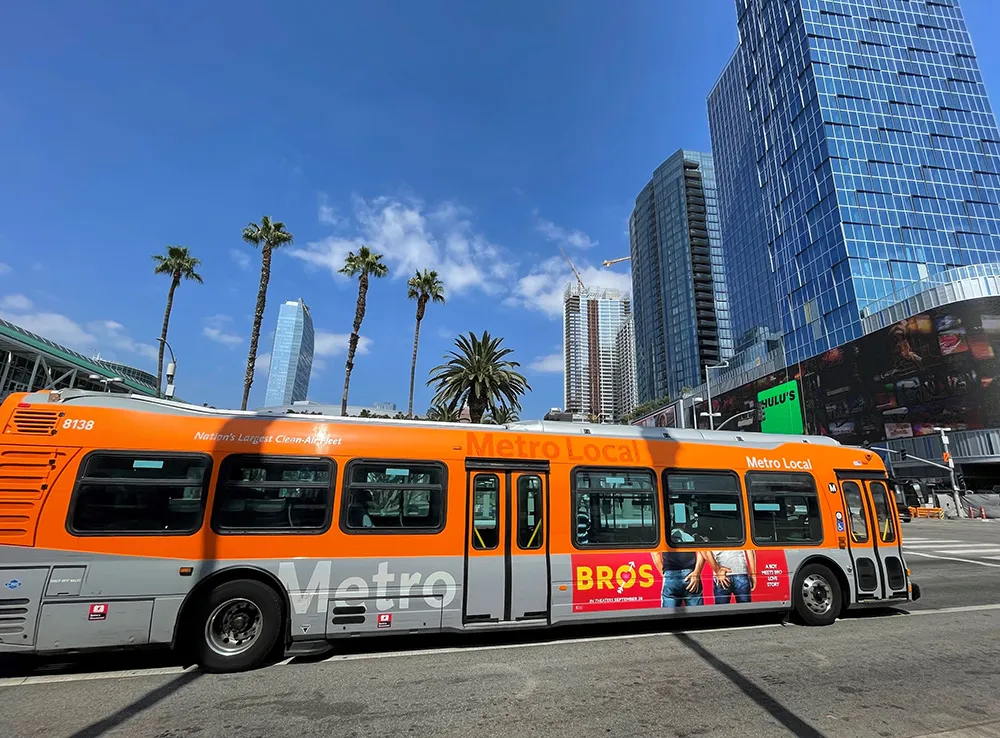
ITS America and the National Electrical Manufacturers Association (Nema) have published a white paper called Procurement Solutions for Modern Transportation Technologies.
The two bodies recently agreed to share information, promote shared policy objectives and scale the deployment of intelligent transportation systems across the US.
They note that as transportation infrastructure continues to incorporate more digital solutions and connected technologies, traditional procurement methods are proving insufficient to support evolving needs.
Their publication makes a compelling case for what is called outcomes-based contracting (OBC) to modernise infrastructure procurement, streamline innovation and deliver better public value.
Nema says that its members contribute 1% of US GDP and directly provide nearly 460,000 jobs in the US, contributing more than $250 billion to the economy.
“Public agencies are grappling with outdated procurement models in a digital-first transportation era,” said Bobby McCurdy, vice president of policy and advocacy at ITS America.
“This paper provides a practical roadmap to unlock innovation and improve performance, from traffic signal systems to integrated crash response platforms.”
What does Procurement Solutions for Modern Transportation Technologies actually say?
Key highlights of the paper include an in-depth explanation of the four outcomes-based procurement (OBP) principles - identification, alignment, measurement and adjustment. There are case studies from Alpharetta, Georgia; Virginia Department of Transportation; and Southern Nevada that demonstrate OBC’s effectiveness.
There is also guidance for federal leadership in aligning policies and funding mechanisms with modern infrastructure needs and recommendations to help state and local agencies address cybersecurity, software licensing and resource challenges.
“The evolution of intelligent transportation demands procurement frameworks that are just as smart,” said Steve Griffith, Nema’s executive director for regulatory and industry affairs concerning mobility.
“Outcomes-based models offer governments the flexibility and incentives needed to deploy cutting-edge technologies and maintain them over time.”
The white paper also outlines the critical role of the US Department of Transportation in promoting outcomes-based procurement through initiatives such as Every Day Counts and ARPA-I. The document urges Congress to modernise procurement and funding policies to ensure long-term adaptability.
Representatives from Rekor and Assa Abloy, who contributed to the paper’s development, emphasised the importance of its findings.
"Outcome-based contracting is increasingly important in the transportation industry because it shifts the focus from what is being bought to what results are being achieved,” said Alison Boan, national capture manager at Rekor, a US-based mobility data analyst.
“Instead of procuring specific products or services - for example, cameras, software or engineering hours - agencies define success in terms of outcomes, like reduced traffic fatalities, improved travel times or increased access to transit and hold vendors accountable to those outcomes."
"Outcomes-based contracting represents a practical and effective way to agencies to keep up with technology advancements that support safer, more efficient, and more resilient transportation systems,” said Guerry Bruner, manager ITS and unmanned infrastructure solutions for Assa Abloy.
“By focusing on results vendors can provide solutions to agencies problems that fit within their existing infrastructure."









